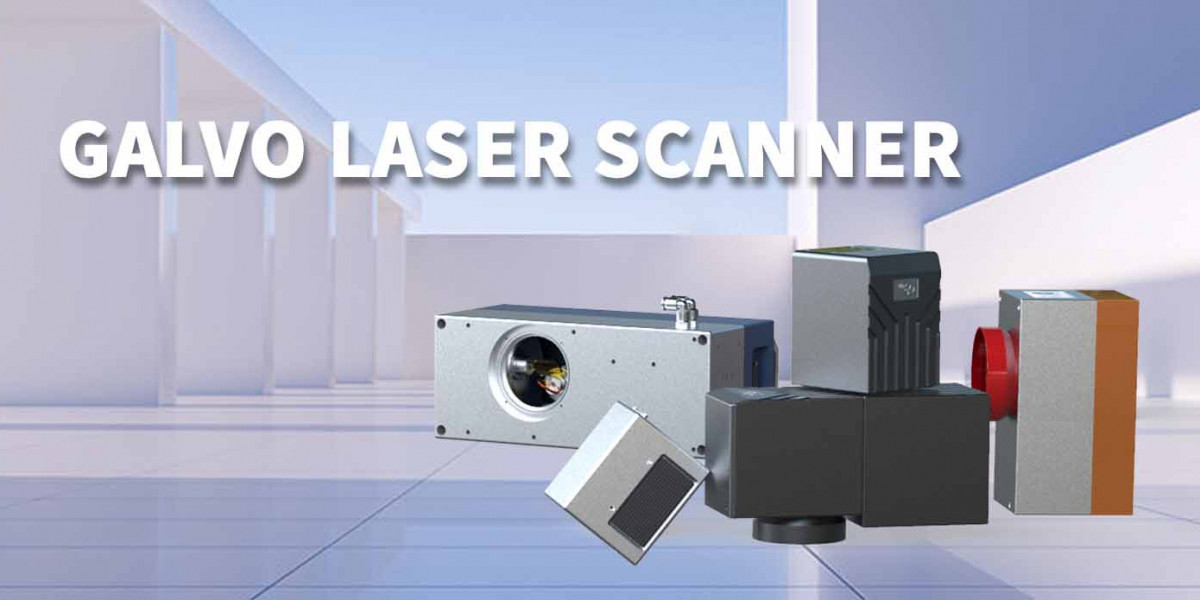Introduction
In laser processing, achieving high-speed and high-precision marking, engraving, and cutting requires advanced technology. The scan head, laser galvo, and laser scanning galvanometer are critical components that control the movement of laser beams with precision. These technologies are widely used in industries such as electronics, automotive, medical devices, and packaging.
This article explores the working principles of scan head, laser galvo, and laser scanning galvanometer, their advantages, and their applications in modern laser systems.
What is a Scan Head?
A scan head is an essential part of a laser system that directs and controls the laser beam for marking, engraving, or cutting materials. It consists of high-speed mirrors driven by galvanometer motors to move the laser beam with precision across a working area.
Features of a High-Quality Scan Head
Fast and Accurate Beam Positioning – Ensures high-speed laser processing
Compact and Lightweight Design – Ideal for industrial integration
Durable and Reliable Performance – Suitable for long-term use
Multi-Material Compatibility – Works with metals, plastics, glass, and ceramics
What is a Laser Galvo?
A laser galvo is a galvanometer-based scanning system that controls the direction of a laser beam. It consists of two high-speed mirrors mounted on galvanometer motors that rapidly adjust angles to move the beam across a surface.
Benefits of a Laser Galvo System
High-Speed Operation – Capable of rapid marking and engraving
Precision Control – Delivers sharp and clear markings
Low Maintenance – Requires minimal upkeep compared to mechanical systems
Compact and Efficient – Ideal for integration into various laser applications
Understanding Laser Scanning Galvanometer
A laser scanning galvanometer is an advanced scanning mechanism that enables precise control of laser beam movement. It is commonly used in fiber, CO2, and UV laser systems for fast and accurate marking, welding, and cutting.
How a Laser Scanning Galvanometer Works
Input Signal Processing – The system receives digital or analog signals to determine the laser path
Mirror Adjustment – The galvanometer motors adjust the angles of mirrors based on the input signals
Beam Projection – The laser beam is directed to the target surface according to the programmed pattern
Advantages of a Laser Scanning Galvanometer
High-Precision Marking – Ensures sharp and detailed engravings
Non-Contact Processing – Reduces wear and tear on components
Fast Processing Speeds – Ideal for high-volume production
Versatile Applications – Used in various industries for laser marking, welding, and cutting
Applications of Scan Head, Laser Galvo, and Laser Scanning Galvanometer
The combination of scan head, laser galvo, and laser scanning galvanometer is widely used in multiple industries for precision laser processing.
Industrial and Manufacturing
Marking serial numbers and QR codes on metal parts
Engraving logos and designs on industrial tools
Electronics and PCB Industry
Laser marking on circuit boards and semiconductors
Engraving component labels on electronic devices
Medical and Pharmaceutical
Engraving identification codes on surgical instruments
Marking medical devices for traceability and compliance
Automotive and Aerospace
Laser welding of automotive components
High-precision engraving of aircraft parts
Jewelry and Fashion
Engraving intricate designs on gold, silver, and platinum
Creating custom engravings on watches and accessories
Choosing the Right Scan Head and Laser Galvo System
When selecting a scan head or laser galvo system, it is important to consider several factors to ensure optimal performance.
Key Factors to Consider
Speed and Accuracy – Ensure high-speed processing without compromising precision
Material Compatibility – Choose a system that works with your target materials
Durability and Reliability – Look for long-lasting and stable performance
Software Compatibility – Ensure the system is compatible with advanced laser control software
Conclusion
The scan head, laser galvo, and laser scanning galvanometer play a crucial role in achieving precision and efficiency in laser marking, engraving, and cutting. These components enable high-speed, non-contact processing for a wide range of industries. Whether in manufacturing, medical, electronics, or aerospace applications, choosing the right system ensures superior results and long-term reliability.







